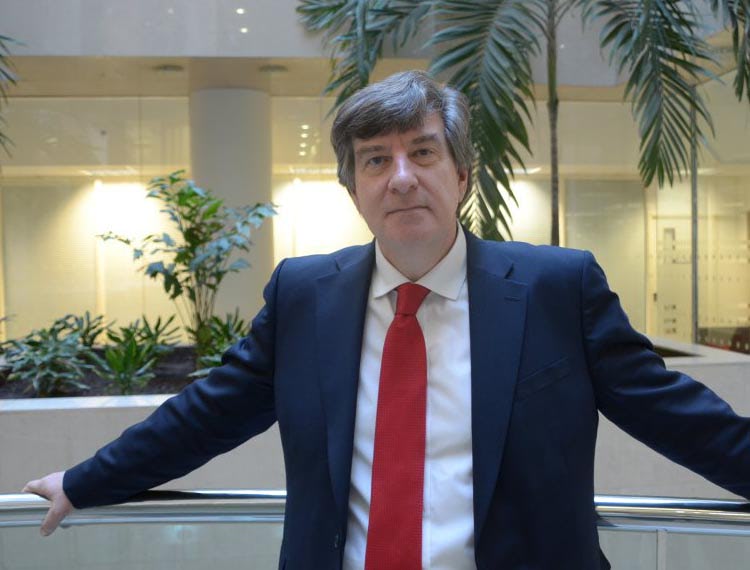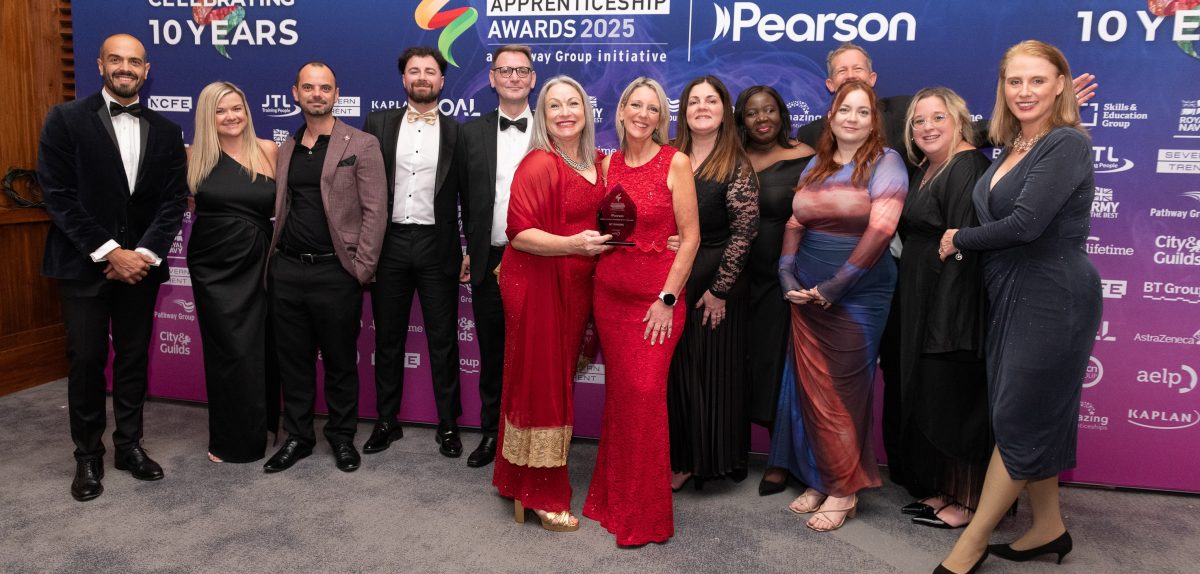Education supremo Sir David Carter urges closer collaboration

Sir David Carter, the former national school’s commissioner, has urged multi academy trusts (MATs) to be more open and to work more closely together to better understand risk and thus achieve their ultimate success. His comments were made as part of a new academic report by leading audit, tax and consulting firm RSM.
Sir David Carter, executive director, System Leadership at Ambition Institute, comments:
‘One of the biggest risks that the sector faces in the coming years is the degree of willingness of MATs to work more closely together and to become the system voice and the system solution.
‘For CEO’s, COO’s and chairs of boards, understanding and mitigating risk is becoming one of the key factors in the success of MATs. The secret to turning the management of risk into an indicator of success is related to the degree to which risk is managed in a balanced and objective way, so that managing risk still allows creativity and intelligent risk-taking.’
The new report by RSM called ‘Academies Sector Risk Register Analysis’ sets out the risks and challenges faced by MATs in 2019 and, via evidenced-based guidance, helps manage future risks effectively and proportionally.
Hannah Catchpool, partner and head of academies at RSM, comments:
‘The academy sector has faced numerous challenges and risks in recent years, and will continue to do so in years to come. Funding pressures remain one of the top risks to all trusts and based on our analysis looks set to be ongoing well into 2020. The governance of risk will therefore be critical in ensuring the success of any MAT, and more importantly all trusts collectively, in the medium to long term.’
Sir David Carter believes that a robust risk management culture within MATs is one of the key levers to driving up operational standards. Success it seems, is reliant on the ability to react with agility when either metrics, narrative or anecdotal feedback suggests something unusual is taking place.
He sets out five key themes to be considered when accessing risk:
- Vision, ethos and values are wholly connected to the risk a trust in willing to take. The level of risk faced can only be appreciated once a trust in clear about what it is trying to achieve.
- Self-evaluation is required at every stage. Leaders, trustees and local governing boards who frequently review the strategic aims that are hardest to move forward will build a full appreciation of risk awareness. Those that wait until the challenge has landed will default to a defensive mindset.
- Governance of risk is critical. Leaders and teachers in a MAT cannot be risk conscious in a series of unrelated bubbles. Sound risk management is inextricably linked to the way that accountability and self-evaluation is managed. Regularly asking how risk is being anticipated is vitally important.
- The most open and people centred cultures within MATs are usually the ones with the most transparent risk assessment models. It engenders trust, a willingness to talk openly and an appreciation of being listened to.
- Benchmarking and collaboration of risk priorities across the system – the degree to which MATs are willing to look at sector risk as well as the risks that focus upon their own trusts that will help determine their ultimate success.
The launch of the report also co-insides with RSM’s Trust in the Boardroom report which sets out the importance and fundamentals of sound corporate governance.
Trust in the boardroom: a move toward sustainable governance https://t.co/WwzHdj2leZ
— Claire Spencer (@cspencer_tax) October 10, 2019












Responses